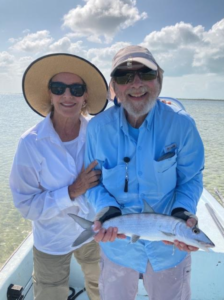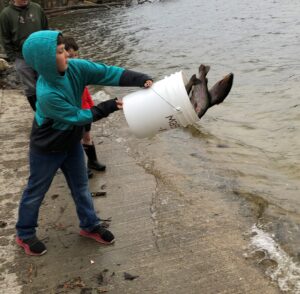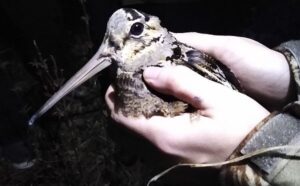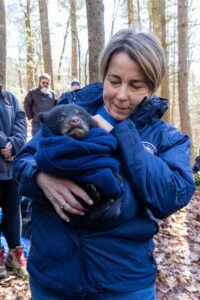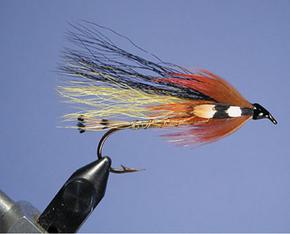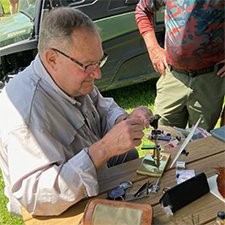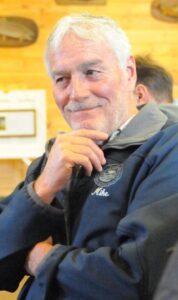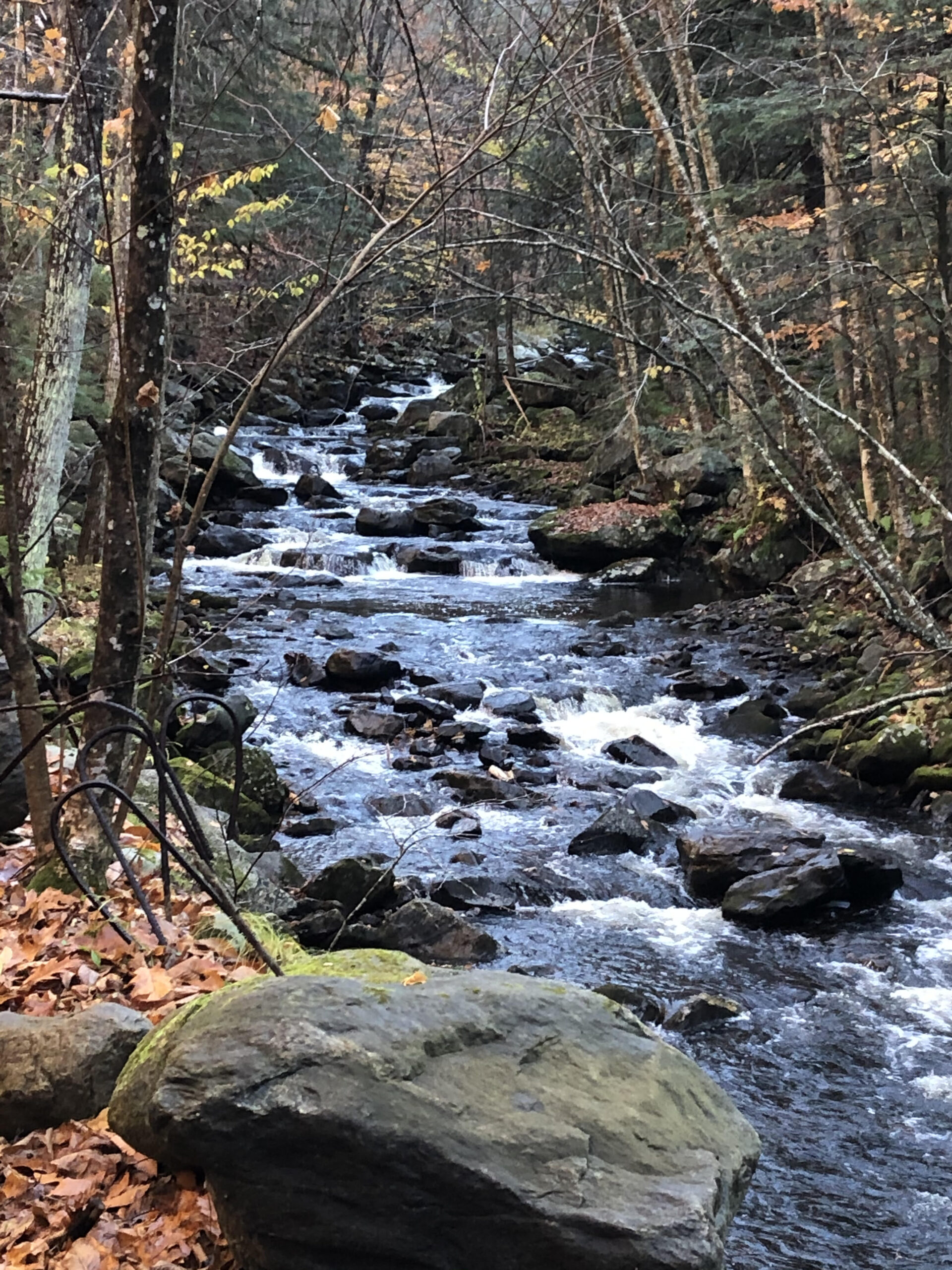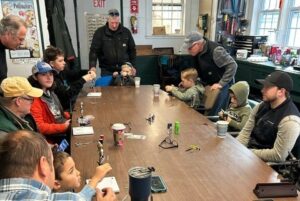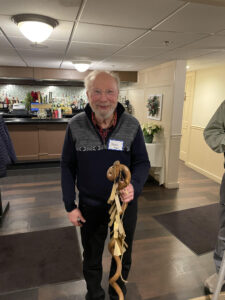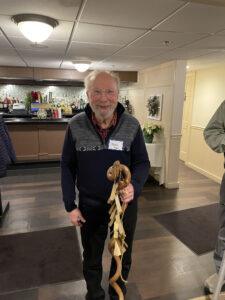I think I first met Joe Areno, of Pittsfield, sometime in 1980 when I attended a Pittsfield Sportsmen’s Club (PSC) venison heart and liver dinner. At that time the club was having various fund raisers to help pay for properties that it acquired on Potter Mountain. The land was to be used for hunting and recreation. Joe was a director of the club who coordinated the event which drew large crowds and the tickets were hard to get.
Joe was well known in the outdoor sporting community as one who was instrumental in dealing with local, state, and federal agencies to help institute legislation that protected open space throughout the county and state and legislation to help protect sportsmen’s rights to hunt and fish. Because of those efforts, Joe was named the Berkshire County League of Sportsmen (BCLS) 2002 Sportsman of the Year. In acknowledging him, the League pointed out that (at that time) he had served on the Board of Directors of the PSC in every position for over 45 years. “Many times he traveled down to Boston at his own expense to meet with Senators and Representatives to express views on how to protect the habitat and wildlife of this great Commonwealth.”
Sometime around 2008 or 2009, Joe was diagnosed with terminal cancer and one day, when he was quite ill, his wife Doris called me and said that Joe was nearing death and that he wanted me to stop by and see him. He wanted one final chat and to give me something. Oh, how I dreaded it, but I thought the world of him and did visit him. We had a good chat and I remember him saying something to the effect that he had no complaints and that he had a pretty good life. (Even though he served in the Korean War and was a decorated veteran). After having a sad but pleasant conversation, we said our final good byes. That was tough.
When I was leaving, Doris told me that there was some fishing stuff that Joe wanted me to have. One of the items was a bamboo fly rod that Joe had purchased in 1955 in Japan when he was on R&R from Korea. I told Doris that I couldn’t take that rod but rather it should be kept in the family to be given to one of his kids or grandkids. Doris said that nobody, kids or grandkids, flyfished and that Joe really wanted me to have it and some boxes of flies. Doris said that it was one of Joe’s final requests that I have it. Reluctantly but graciously, I accepted it while silently resolving that before I pass beyond the riverbend, that rod must somehow be returned to the family.
After leaving their house, I headed for the East Branch of the Westfield River, below Chesterfield Gorge in Chesterfield to meet fishing buddy, Doug Yates and do some flyfishing. Upon arrival, I saw Doug fishing downstream and waved to him to let him know I had arrived. I didn’t immediately join him for I wanted to be alone for a while after experiencing what had just transpired. Honoring Joe, I opted to use his bamboo rod instead of my own. With teary eyes I rigged up Joe’s rod and entered the river.
How appropriate it was that shortly thereafter, I caught a nice rainbow trout using that rod. This is for you, Joe, I thought. Unfortunately, I never got to see Joe again and tell him about it, for he passed away shortly thereafter.
In Joe’s honor, I created a bucktail style fly which I named Areno’s Legacy. A half dozen of them were raffled off at the next sportsmen’s banquet and his close friend the late Cleante ‘Clem’ Caryofilles of Pittsfield scoffed them all up. The ingredients for tying the fly are listed below.
Over the course of the next 15 years, I periodically fished with the bamboo rod. When using it, I always thought of Joe, and commonly referred to the fishing trips as fishing with a friendly spirit (Joe’s spirit).
Jump forward to this past May 11 Wild Acres Youth Fishing Derby. While covering the event for this column I spoke to quite a few anglers, mainly parents with their kids. One time, I stopped and talked with a pleasant young woman named Jessica Porter who was there with her 17 year old daughter Chalyce and 12 year old son Chase. While chatting with her, I mentioned that it just wasn’t the same this year without Clem Caryofilles of the Onota Fishing Club being there. He always assisted in this event, but sadly he passed away earlier this year.
Jessica replied that she knew Clem well and that he frequently fished and hunted with her father and grandfather. When asked who they were, she said her dad was Chris Porter and her grandfather was Joe Areno. Whoa! Joe Areno’s great grandson was there fishing?
I mentioned the fly rod and my desire to get it back to the family and wondered whether her son would want it. She immediately responded yes, but she would hold it for him until he gets older and appreciates what it is that he has. I told her that along with the rod, he’ll receive two boxes of flies that were Joe’s (Joe had etched his name on those fly boxes) and an Areno’s Legacy fly.
On May 29, the fly rod, Joe’s Pflueger Medalist fly reel and the flies were delivered to Chase. Now, Joe’s bamboo flyrod is in good hands, for he loves to fish. I really feel good about that, and I’d bet Joe does, too. 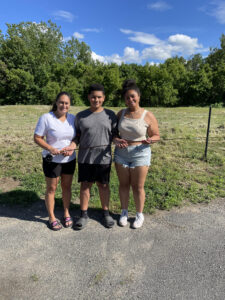
Incidentally, while delivering the rod, I learned that Chase was quite a young outdoor sportsman. He had also inherited Joe’s archery equipment including his bow, arrows and targets. (The arrows had Joe’s name printed on them). He, his mom and sister Chalyce are members of an archery league taught by Mark Jester at the Lenox Sportsmen’s Club. He has already received an Archer’s Perfect Score award. The folks at the Lenox Sportsmen’s Club are pretty high on him and are sponsoring him to attend the two week Mass Junior Conservation Camp later this summer. I’ll bet Joe feels good about that, too.
Rest assured Joe, your legacy lives on.
Areno’s Legacy fly
Hook: Size 6, 4X L streamer hook
Tail: Gray squirrel tail – represents the squirrel tails that Joe gathered up and kept in his freezer for his fly tying friends. (He may also have provided some to Mepps Company for their spinning lures. Each year Mepps put out a public call for squirrel tails and Berkshire Eagle Outdoor Columnist Ted Giddings included it in his column.)
Body: Rabbit fur dyed forest green signifying Joe’s love for rabbit hunting and his efforts to restock club property with snowshoe hares. It also signifies the many acres of forest that Joe helped to procure for the Pittsfield Sportsmen’s Club, making it the club with the most landholdings in Massachusetts. Through his efforts, nearly 1,000 acres of Potter Mountain were preserved as open space.
Collar and Wing: Deer hair (dyed black) which signifies the many deer that Joe harvested over the years. But more significantly, it acknowledges the many deer that Joe skinned and prepared for cooking for the club’s many venison fundraising dinners.
Head (thread): The deer collar and black thread head represent Joe’s dark black hair which he maintained until his illness.
Carp Palooza
This year’s Carp Palooza event will take place on Pontoosuc Lake on Saturday, June 15. Sign-up will take place at the Pontoosuc Lake boat ramp between 10:00 am and Noon and the fishing competition runs from Noon to 10:00 pm.
There will be cash payouts to the winners and to 2nd and 3rd place, pending the number of entries. Two person teams, $50 per team. Awards will be given for the best combined weight for 2 carp. Lunker Pool optional at $20 per team. Championship belts will be awarded to the winners. There will also be a 50/50 raffle as well as a $100 Lottery Tree raffle. There will be a prize for the largest Mirror Carp. The Dink award will be awarded for the smallest carp.


